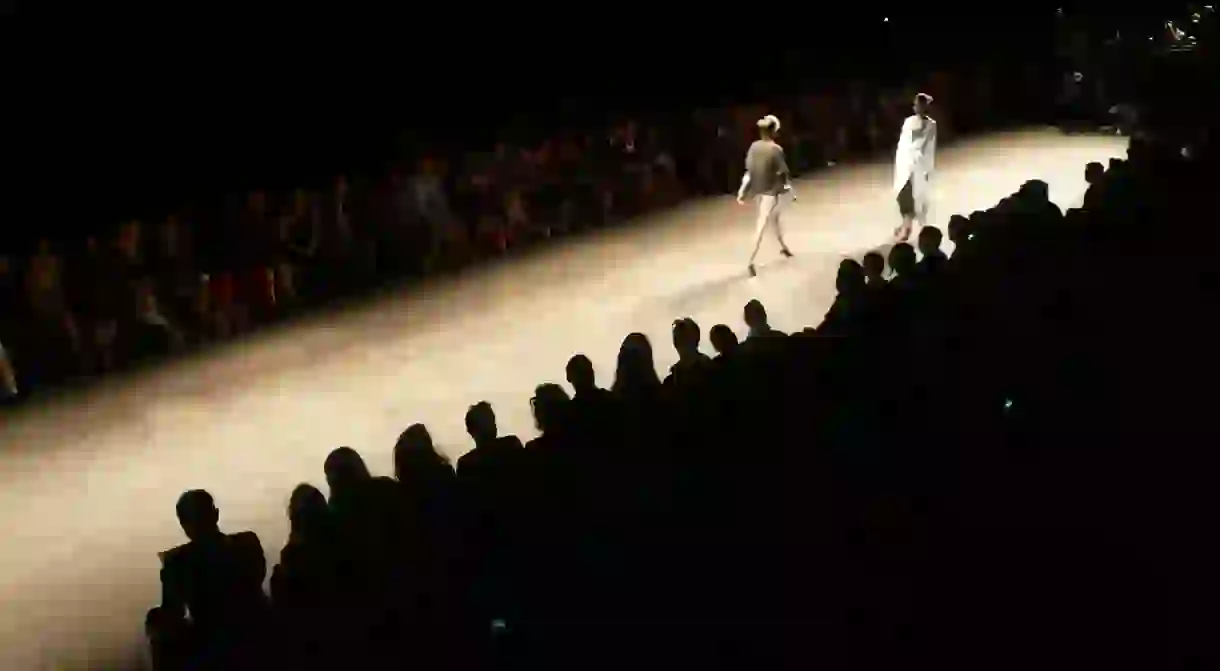A History of Lakme Fashion Week In Mumbai In 1 Minute

A historical account of the evolution of India’s fashion industry wouldn’t be complete without mention of the Lakme Fashion Week (LFW). Though it has existed for only a little less than two decades, LFW is the country’s elite fashion event, and arguably the primary platform for emerging designers today. But the landmark fashion event wasn’t really born in its current avatar. Though now inseparable from Mumbai, the event actually took shape in Delhi.
LFW’s predecessor, the Lakme India Fashion Week (LIFW) was conceptualized in 1999 primarily by the Fashion Design Council of India (FDCI) in collaboration with IMG, their partner and international event management company. Lakme agreed to be the title sponsor, and following the suggestion of designer Wendell Rodricks, also decided to have its own finale show.
The first ever LIFW was held in New Delhi from August 17th until the August 23rd, 2000. 33 designers from across the country came together at the Taj Palace Convention Centre to showcase their creations to over 15,000 visitors over 7 days. The event was widely covered in the domestic and international press. Designers included Ranna Gill, Monisha Jaising, Ritu Kumar, Ashish Soni, Rohit Bal, Rajesh Pratap Singh, Tarun Tahiliani, among others.

The event came to Mumbai after Lakme’s five-year contract with the FDCI ended following the LIFW 2005. A split emerged after both parties were unable to negotiate a fresh contract. Mumbai became host to the Lakme Fashion Week (LFW), while Delhi retained India Fashion Week with Wills Lifestyle as the new primary sponsor. The events debuted in their current form in 2006 in a tense environment in which designers had to choose between the two back to back fashion weeks.
Lakme Fashion Week 2006, held in collaboration with IMG, was at the National Center For Performing Arts (NCPA) at Nariman Point. With Wendell Rodricks, Ritu Beri and Narendra Kumar on the advisory board, the event featured shows by 115 designers – as opposed to 61 the year before – including Manish Malhotra, Ashish Soni and Sabyasachi Mukherjee.
Initiatives, such as the ‘Gen Next’ and ‘Emerging Designer’ show categories which have made LFW the premier launch-pad for upcoming designers in the country today, were first launched at the 2006 show in Mumbai. Fresh talent featured at the event included the likes of Rahul Mishra and Swapnil Shinde, who are both celebrated international names in fashion today.













